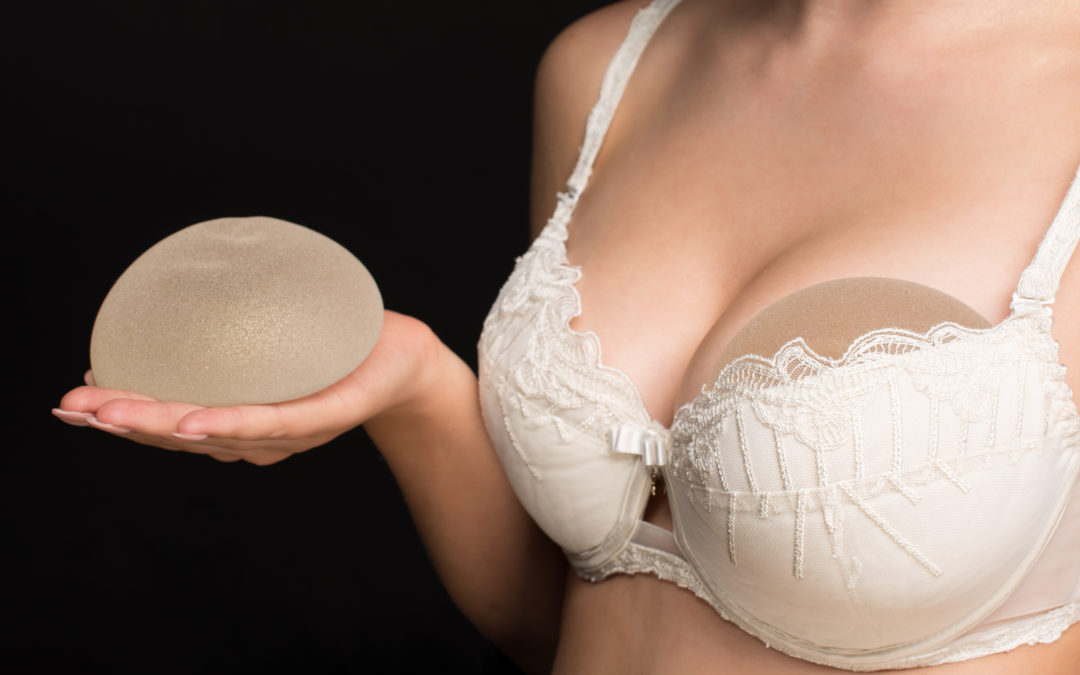When Do Breast Implants Need to Be Replaced?
Patients who come to me for consultation about breast augmentation surgery are often confused about the issue of breast implant replacement. There is a good amount of misinformation about this topic in magazine articles and on the Internet. Many patients are under the impression that breast implants only last for a set number of years and then need to be replaced. Some patients think that implants should be replaced every 10 or 15 years.

From left to right saline implant, silicone implant, form-stable implant.
The Good News About Breast Implant Replacement
The good news that I am sharing with you can be summarized with the familiar phrase: “If it ain’t broke, don’t fix it.” There is no good reason to preemptively replace breast implants, in my opinion, even if the implants are 15 years old. If the implants are behaving well in their natural setting a good argument can be made to leave well enough alone.
Why Do Breast Implants Break?
All breast implants have an outer shell of solid silicone polymer, which surrounds a filling of either silicone gel or salt water.
If a breast implant sits smoothly within its pocket its shell is less subject to the wear and tear of daily life. If, on the other hand, a breast implant sits so that there is a fold or wrinkle in its shell, this concentrates the stress at one point. Over time this can lead to a weakening of the shell and breakage. This is known in the industry as a “fold fault.”
One of the reasons that I don’t like oversize implants is that almost by definition they are prone to fold faulting when they are forced into too small a space.
There can be other reasons for implant failure. Sometimes there is weakness at the seam on the back of the implant. With saline implants there can be problems with the valve that allows the surgeon to fill the implant.
Like many plastic surgeons, I feel that the current silicone gel implants are sturdier than those from previous decades. The shell is thicker and sturdier and the gel filling sticks together.
How Do I Know if a Breast Implant Is Broken?

How to tell if a breast implant is broken? There are several cues to look for.
With saline implants it is easy to tell if there is a problem with the shell of the implant. Once there is a defect in the shell, the saline inside will leak out and be absorbed by the body. Sometimes this takes place very quickly and sometimes it takes days to weeks. There will be an obvious change in the size, shape, and feel of the breast.
With silicone gel implants it can be more difficult to tell if the shell of the implant has developed a weakness or has broken. There are several clues that this may have taken place. Often there is a difference in the way the breast looks or feels. The sudden development of hardening around an implant years out from the original surgery often is a sign of shell breakage. If there is a question a patient should return to her plastic surgeon for a careful examination.
One Rule of Thumb Regarding Implant Breakage
The data regarding implant breakage will never be perfect, but here is a “rule of thumb” that I use with my patients. In the first ten years there is approximately a 5% possibility that an implant will break. For each subsequent year figure a 1% chance of breakage. The good news is that even 15 to 20 years out it is much more likely that an implant will be intact than that it will be broken.
One Exception to The Information I Have Just Shared with You
There was a period in the mid 1970’s to the mid 1980’s where some of the implant manufacturers followed a mistaken line of logic in implant design. They believed that implants with very thin shells would have a more natural “feel” under the breast tissue. This was true to some degree, but these implants also were much less durable than those that came before or after. If you have implants from this period it would probably be a good idea to have an MRI study of the breasts to see if the implants are intact.
Three Ways to Evaluate Breast Implants
If you have a question about whether your implants are intact there are several ways to gain further information.
The first option is to be examined by an experienced plastic surgeon, preferably the surgeon who performed your original surgery. Especially in thinner patients with relatively small amounts of breast tissue it is possible to gain significant information about your implants.
The second option is an MRI study of the breasts. MRI does not subject your breasts to radiation and provides more information about the breast tissue than a mammogram. This type of study is widely regarded as the gold standard for implant evaluation. Like any medical study there can be false positives and false negatives, but the accuracy is very high.
A third possible option is high-resolution ultrasound. This is a work in progress, but there is hope that this less expensive study may be able to replace the MRI for some patients.


